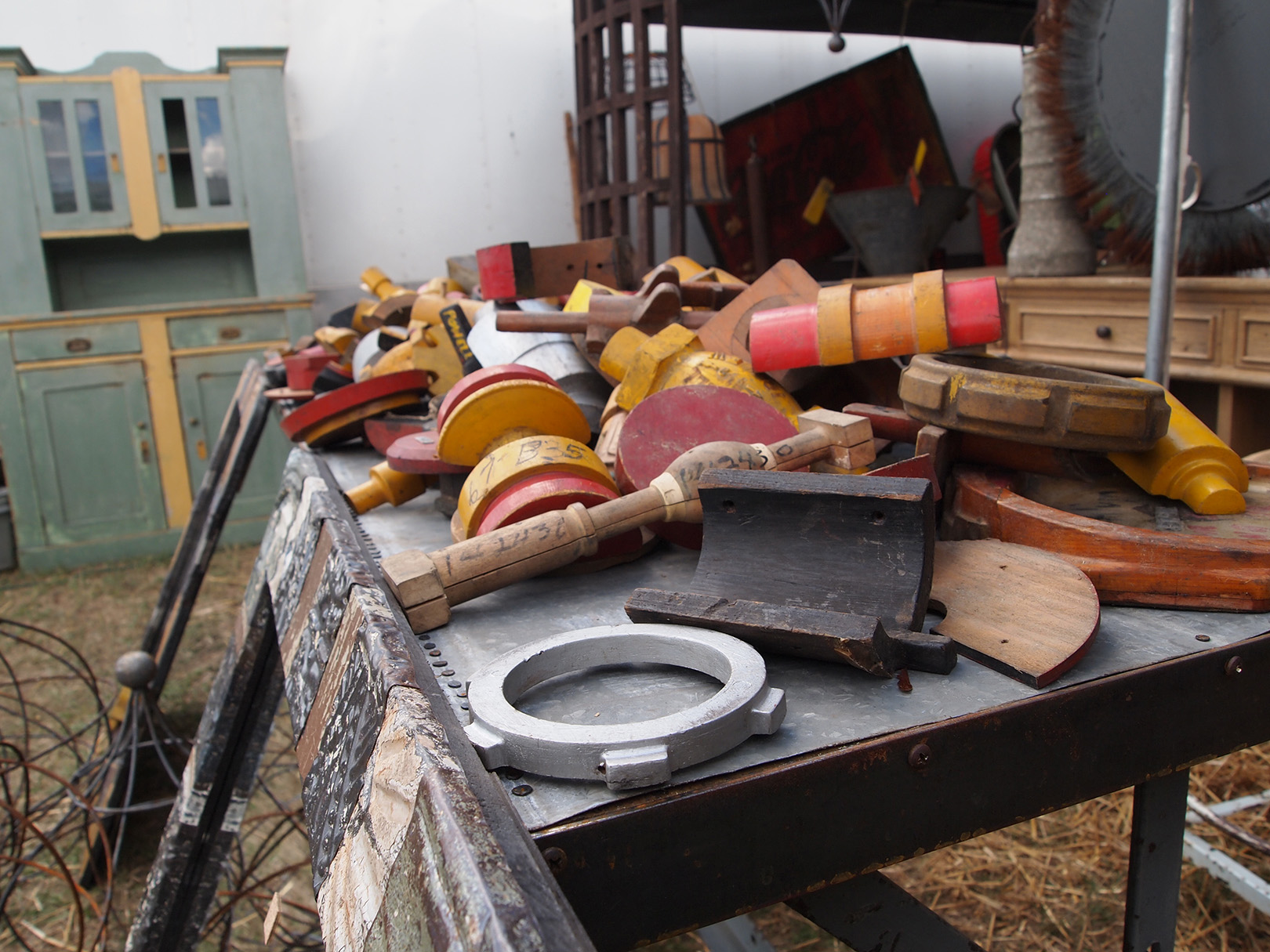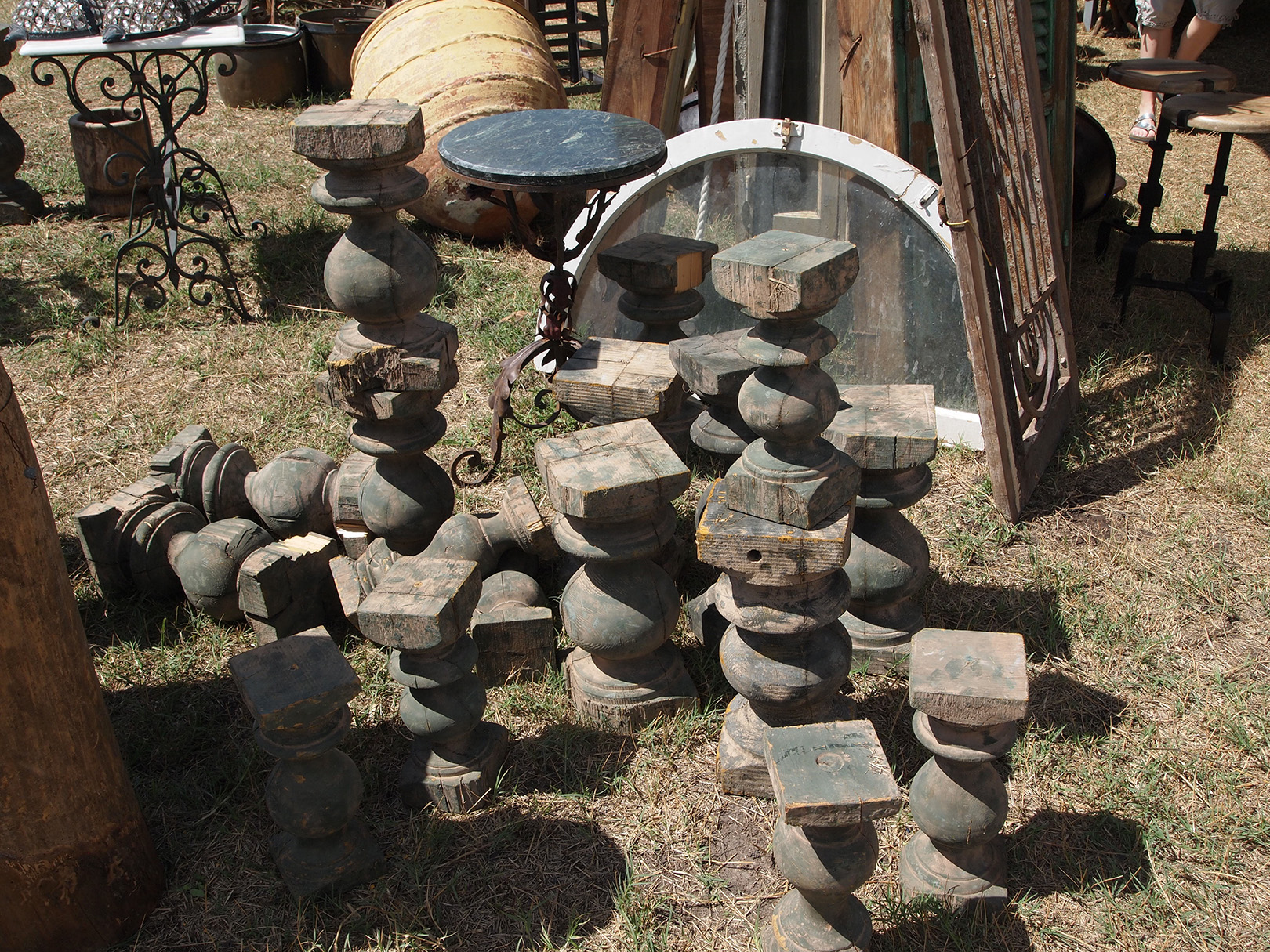Driving a 16-foot Penske filled with vintage mannequins, industrial machinery parts, and 19th century gold gilt mirrors from the rural pastures of Texas to Seattle's antique galleries is not where you would expect to find a 5'3" former journalist and native of a northern province in the Philippines.
At least that's not what my family expected of their oldest child when they brought my brother and me to the United States nearly 25 years ago. Little did they know, that first move would ignite my travel bug and I would become a collector of stories, adventures, and objects as soon as I learned how say 'Hello, my name is, Jesslyn" in English and subsequently in eight different languages.
Working in broadcast journalism for a few years after high school and college gave me the opportunity to explore the lives of people from all walks of life, but limited my ability to creatively express my passion for design. I can't-with any certainty-pinpoint where these passions for creativity came from the way most architects can when they recall their attraction to Legos, drawing, or construction at a young age, but I've always had a high level of interest in people and how they live. Only recently-after owning a found objects and furniture retail space, acquiring several interior design projects, and completing my first year of the Master of Architecture program at the University of Washington-have I come to understand how much my investigation of people inspires and drives the concepts surrounding design in interiors and architecture.

On my first "buying" trip in Round Top, Texas, (a town that exists almost solely upon the tri-annual antique show that pops up in the cow pastures southeast of Austin) I learned that a curious and then twenty-six-year-old has a lot less bargaining leverage than a woman flown-in-from-Dallas with cash in hand, a parked helicopter, and a Texan accent. I would have to get to the shows earlier and buy in bulk if I wanted in on the "dealer's discount."
Unfortunately, the television show "American Pickers" was showcasing found goods like they were made-to-order furniture from Restoration Hardware. I spent a lot of time educating my retail patrons and clientele about the value of patina found on the vintage light fixture that I mounted onto a rusted surveyor's tripod because of the time these objects withstood and the beauty they acquired from doing so. More often than not, the story I told surrounding these found objects became the most compelling reason for incorporating old objects into new or renovated interior projects-they gave these spaces life and character that could only be found in objects collected over time.

With this perspective, I decided to work for a small firm in Seattle prior to applying to graduate school so I could develop my impressions surrounding design with repurposing and sustainability in mind. I discovered that there is quite a large market for using salvaged and found pieces in design and architecture and was able to champion the use of one-hundred-year old true-divided-light French windows and doors in a small commercial project on Capitol Hill.

Architecture, from what I have learned, is a profession or process in which people can create beauty and structure regardless of where they come from, made powerful by what they have endured, survived, and embodied. Every object I've found has a life of its own and has carved its distinct path through this world. I find that one's appreciation of an object becomes deeper upon learning more about its history, and I see my job as a curator of these stories, redesigning their interactions and finding them a home. Though I have ventured away from journalism, I still want to tell a story that attempts to display perspectives that a lot of people overlook because an old object has imperfections and the patina of time. It is in those characteristics that I find the juxtaposition of function and design to bring forth a conversation and a lightness of renewal. Anything, no matter how damaged or broken, can be repurposed when we learn to celebrate its unique process.
Jesslyn Howard

